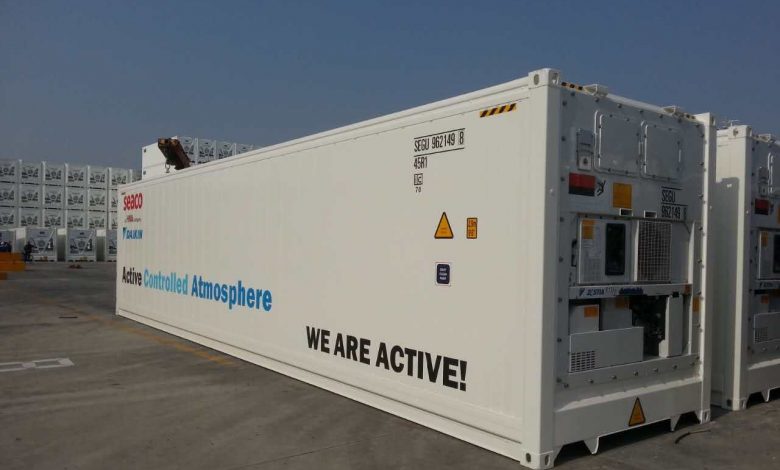Global food trends and advances in reefer technology

Ah Huat Goh from Daikin looks at the rise in superfoods and how free trade agreements are changing the reefer business.
The world’s population is becoming more aware of the benefits of a healthy lifestyle. As disposable incomes increase and people become more conscious of choosing nutritious food, rich in minerals, vitamins and anti-oxidants, the demand for so-called “superfoods” has skyrocketed.
According to Euromonitor, China now consumes 40% of the world’s fruit and vegetables. Growing incomes are fuelling a willingness to pay more for higher quality, healthy foods. And the enormous purchasing power of China’s middle class alone is having a significant impact on global food trends, which in turn drives advances in cargo care and reefer technology.
In recent years, negotiations and free trade agreements between countries are allowing more cargo to flow across the globe; a trend that looks set to continue. And to support this, reliable reefer technology will remain essential. Certain sensitive perishables require controlled atmosphere (CA) transportation to travel long distances by sea. By slowing down the ageing process that food and other perishable products undergo during transit, CA allows them to be transported in better condition for longer periods of time, extending shelf life.
UN trade figures show that between 2010 and 2016, China’s avocado imports, for example, increased from 1.9 tonnes to 25,000 tonnes. This expanding appetite for superfoods has a significant impact on exports from supplying countries.
Agricultural exports are big business for South American countries. Peru, for example, has an agriculture-based economy and produces a wealth of superfoods like avocadoes, pomegranates, and blueberries. The country has had a free trade agreement with the Chinese since 2010 and can export produce such as avocados, blueberries, grapes, and asparagus to mainland China. The barriers to exporting fruit and vegetables are steadily breaking down with more fruits, such as pomegranate, being negotiated. Peru also has a trade agreement with Japan which allows it to export avocados, with blueberries now also under discussion.
Thanks to close cooperation between Australian and Chinese governments, Australia is another country that is expanding its fruit exports. The China-Australia free trade agreement was implemented in 2015 and by January 2018 the tariff on most types of fruit has reduced from 10% to 2%. A series of new protocols for some stonefruits, cherries, citrus, and table grapes has made exporting these products easier and faster, opening a new market for many growers.
As global populations and average salaries grow, the reefer segment continues to expand. New advances in reefer technology are enabling the carriage of new cargoes on diversified routes. It is this technology that is providing both shippers and shipping lines an opportunity to provide new services and added value to their customers, which in today’s market represents a bright spot for the container market.
